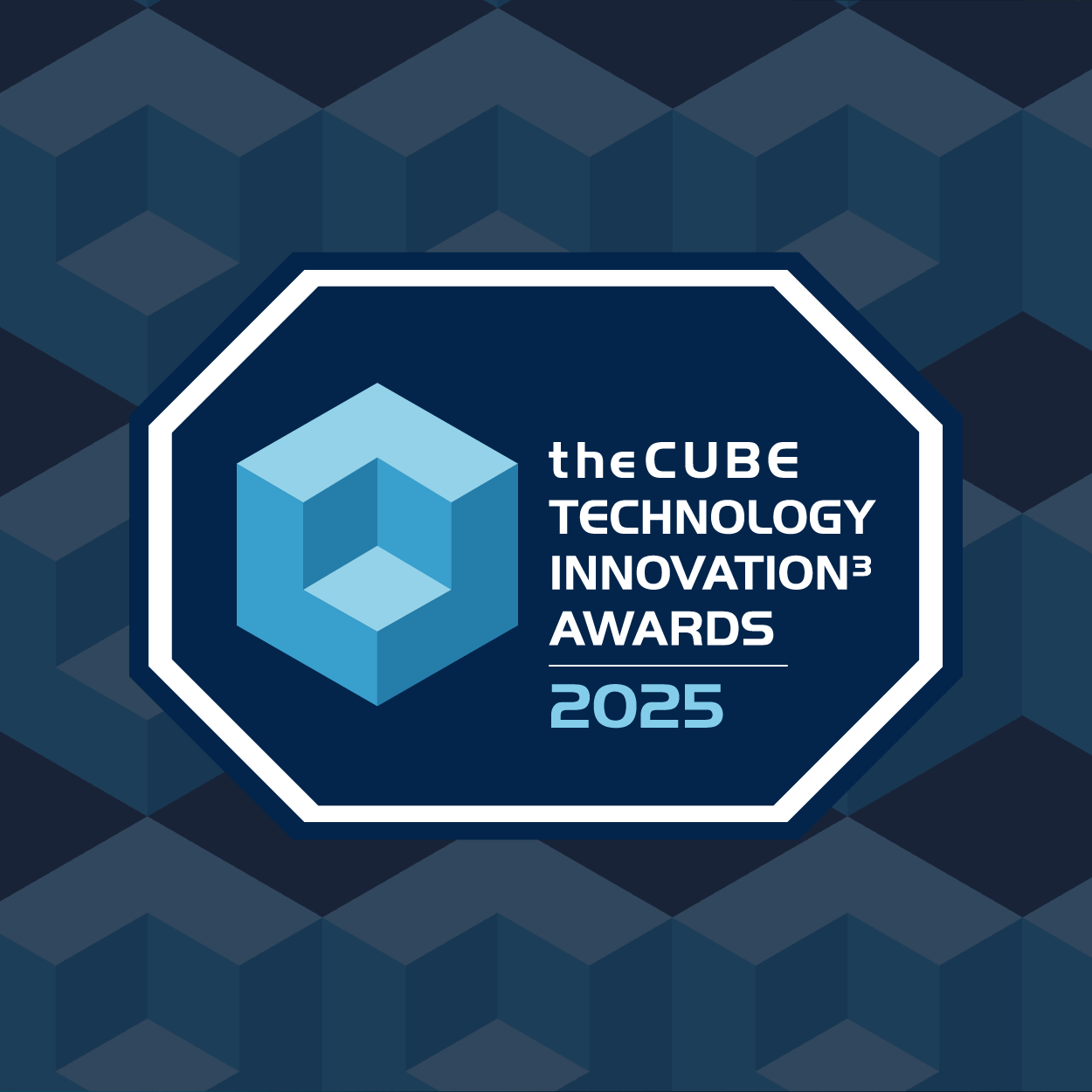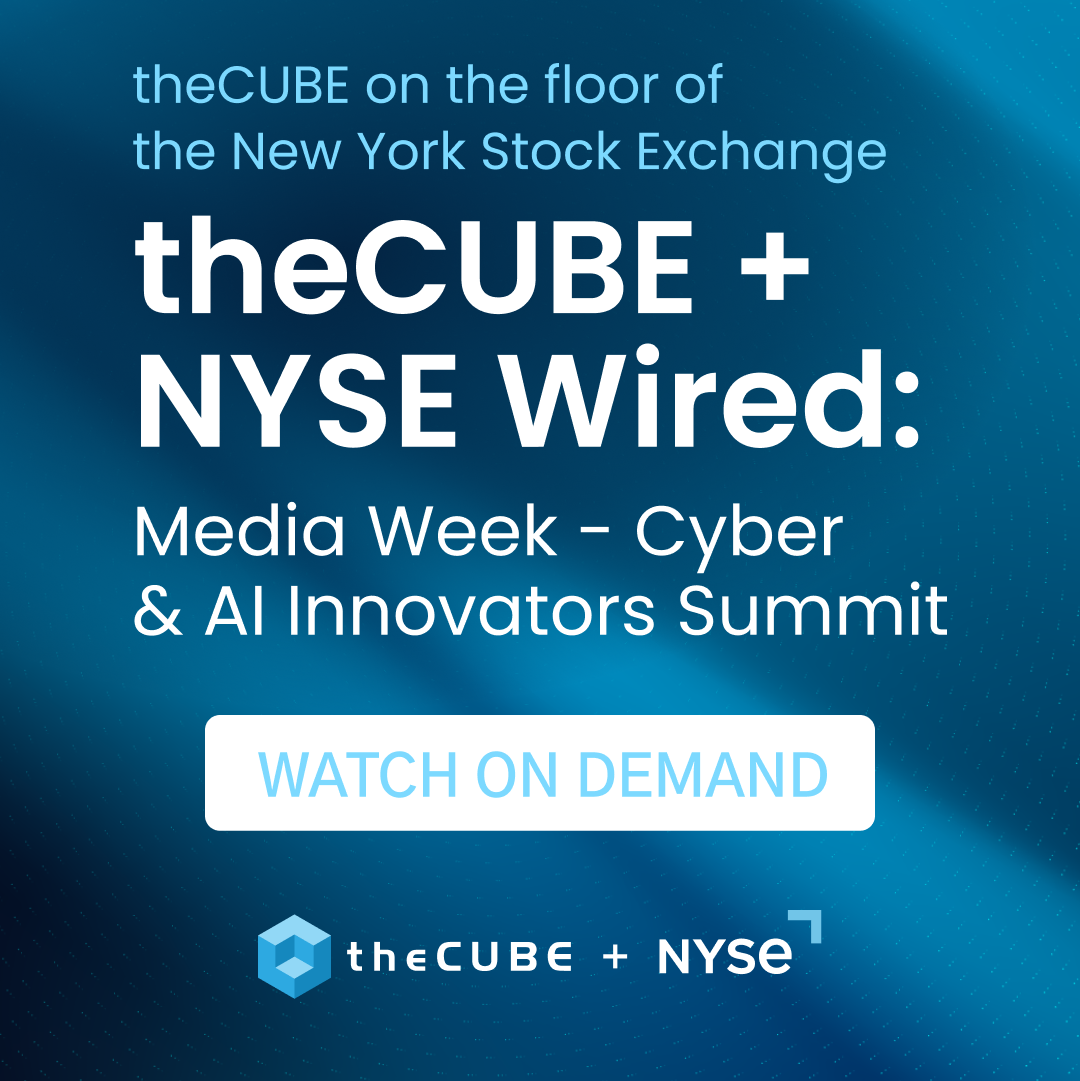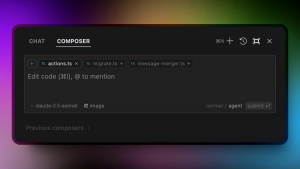Little Data, Big Data, Flash and Cloud Tiering: Predictions 2011
2009 was my first-ever attempt at doing a cliché year end predictions post.
So in keeping with that tradition I guess I should start by evaluating last year’s folly.
![]() #1 –
#1 –
Frank Slootman gets himself fired. The real point of this tongue-in-cheek call was that I didn’t think Frank and his Data Domain team (e.g. Brian, Hugo, Beth, etc) would become suddenly infatuated with EMC’s corporate culture. EMC paid $2B+ for DDUP which graciously accepted the offer. Data Domain’s senior management did its duty – helping re-org EMC’s backup business – blew way past Tucci’s $1B revenue projection and will shortly be on to the next big thing. Meanwhile, BJ Jenkins is at the helm of EMC’s BRS group which is crushing it.
#2 – 3PAR gets acquired. The shocker wasn’t that the prediction came true, but the auction-like manner in which it happened; and the NFL draft-like domino effect that ensued with Isilon and Compellent.
#3 Cisco falls flat on its face in servers. Well I can’t find server marketshare data anywhere that calls out Cisco. The company was always buried in the “other” category. But in a blow to my prediction, earlier this quarter, Cisco’s John Chambers announced to Wall Street that Cisco was crushing it in servers, taking the #3 x86 blade server market position in North America. He also said the company was poised to capture 50% of the #2 player’s share. Here’s a Cisco person’s interpretation of these statements. Here’s my take.
#4 – Virtualization won’t go mission critical. Hey, there’s hope. Toward the end of 2010 Oracle indicated it’s kinda supporting RAC on VMware.
#5 – File-based compression takes off (then disappears into hardware). Dell buys Ocarina, IBM buys Storwize, EMC and NetApp announce embedded compression. It would have been even more correct to say that primary storage optimization takes off (i.e. block/file and deduplication a la Permabit).
#6 – The storage industry wakes up and finally figures out how much of a threat Google has become. Not sure the industry buys this yet but the City of Los Angeles does – to the tune of 30,000 gmail clients. So does the GSA. Believe me when I tell you that other municipal, state and federal government agencies are watching closely and thinking about outsourcing email and collaboration to the cloud, dragging infrastructure along with it.
#7 – Microsoft gains storage share. The point of this prediction was that when it comes to Exchange 2010 Microsoft’s head is up its DAS. Despite the possibility of higher TCO, the software giant’s “No SAN” dogma definitely resonated with many of its customers.
#8 – The storage industry wakes up and finally figures out how much of a threat Oracle has become. Do you sell storage systems and/or software? Is there any doubt Oracle wants to kill you?
#9 – What the heck happened to Hulk and Maui? Hulk was never nearly as interesting as Maui and the pair have morphed into EMC’s Atmos. EMC shut down Atmos Online this past summer but Atmos lives on as a cloud platform. Personally I think the idea of a dispersed, non-RAID, multi-petabyte, multi-tenant object store has some merit (see #6 above). It’s just maybe a bit ahead of its time.![]()
#10 – Green makes a comeback in 2010; Not! Is green dead? Not at all; and many world leaders understand that there’s an inherent connection between economic and environmental sustainability. That is to say a viable economy is critical to support the human race and it makes no sense to separate the economy from the environment. In 2010, the fact is that most of the attention went to the former.
I’ll leave it to you to decide how my 2010 predictions fared.
So what’s in store for 2011? Here are my top 10 with a bonus at the end.
#1 – Big data becomes more of an opportunity than a headache. Don’t get me wrong – storing, managing, accessing, classifying, analyzing and defensibly deleting data will still be a nightmare. But big data, the new data paradigm, data value or whatever you call it will become a major focus of organizations in 2011. Quant jocks will become the new corporate rock stars and movements like Hadoop will explode; and not just at Facebook, Yahoo and Twitter but at commercial firms in banking, healthcare, government and elsewhere. Data driven innovations are transforming industries and this will become obvious in 2011.
#2 – Little data powers big data – A typical home in a developed country will have 4-5 general purpose microprocessors and 40-50 microcontrollers. A luxury automobile contains over 100M lines of code and as many as 100 microprocessor control units. From stereos, TV’s, appliances and automobiles, to smart phones, consumer electronics and large industrial equipment, the world is becoming increasingly intelligent and connected. Embedded systems and smart mobile devices are exploding and will act as sensors, creating mountains of data and truckloads of metadata, that will feed analytics systems to automate industries, target buyers, anticipate illnesses and much more. As well, data collected from social networks and user interactions will become increasingly available and exploited; all making the current data deluge look minor by comparison.
#3 – Sub $100 smartphones power little data. Predominantly driven by the Android operating system, low cost smartphones (sub-$100 unsubsidized) gain share and dominate the market in 2011. Android has already passed iPhone in terms of unit volumes and in 2011 we will see the beginning of a repeat of the PC wars of the 80’s and 90’s when a closed Apple produced a better product but lost out to the volume and power of an ecosystem with offerings that were ‘good enough’ at a lower cost structure.
#4 – Apps everywhere fuel the data explosion. It turns out that the killer app is the app! Apple’s App Store and copycats now dominate and in 2011 a total shift in developer priorities will take place. Mobile markets fueled by smartphones, smart tablets and app-enabled laptops will become the new developer paradigm. A completely new approach to application delivery will be commonplace in 2011 as developers will think cloud apps through smartphones and tablets first. This will in turn drive application innovation in the enterprise.![]()
#5 – The end of this ridiculous integrated hardware/application/data client model. New application delivery models and the explosion of smart devices will combine with the continued adoption of virtualization to mean we’ll finally see the light at the end of the tunnel for end users. For nearly three decades we’ve lived with a model of my PC is an island unto itself…with an Internet connection. The notion of virtual desktop infrastructure will evolve to one of the virtual data and application infrastructure where no matter where I am and what device I’m using, my apps and my data will be always on, always available, backed up and secure. Location independent data access; period. In 2011, new ecosystem players will emerge, anchored by VMware, Citrix (and yes, Microsoft) to make this a reality.
#6 – Memory-class flash proves to be the model of the future. When EMC announced flash drives in its DMX the industry began a multi-year trend toward the selective use of flash and SSD devices in storage arrays. But the real winner in 2011 and beyond will be Fusion-io-like implementations that plug directly into a PCIe slot, providing direct memory access. Flash memory will increasingly be used seamlessly, for the first time delivering persistent storage on the processor side of the channel. Because this architecture is an extension of memory, it is a directly addressable resource at a lower cost than RAM. Relative to array-based SSDs, the main advantage of this approach is that it eliminates the protocol overheads of addressing external disk drives– even solid state devices. While flash devices in storage arrays clearly have their place, the real game-changer will be seen on the other side of the channel as an extension of main memory. Instant on devices like iPad will inspire an entirely new generation of innovations in the enterprise and memory-class flash will be central to this movement.
#7 – The cloud becomes an integrated storage tier. The advent of automated tiered storage, a model successfully pioneered by Compellent and copied by virtually every other system storage manufacturer, will lead to a new tier of storage – the cloud. As automated tiering adoption increases in the first half of 2011, increasingly customers will architect and vendors will begin to deliver Ethernet-based solutions that are policy-based and recognize the cloud as a tier of storage predominantly for backup and archiving. As part of this trend, cloud service provider solutions (e.g. Amazon S3, Iron Mountain, Nirvanix, etc.) will become commonplace offerings of storage solutions. While these solutions exist today, 2011 will see meaningful adoption.
#8 – Cloud on-ramp players become the new hot startup play. To exploit the trend cited above, a new breed of startups will become visible in 2011, providing software-based services that transparently provide access to the cloud as a new storage tier. It wouldn’t surprise me to see large storage companies, or even an F5 take out one of the new entrants early (e.g. Nasuni, Cirtas, etc) and begin to deploy these solutions ahead of the run up in valuations.
#9 – Rising oil prices will have a ripple effect into IT budgets. Ok…not my favorite prediction and I hope I’m wrong…but I’m worried about it. Despite ample supply, speculators continue to drive up the price of oil which will impact the entire energy sector and spill into data center spending. Computers are hot and the higher the price of oil the more sensitive CFOs are to spending money on cooling ho![]() t servers. In early 2011, this trend will lead to continued budget pressures and a renewed emphasis on doing more with less. This time around the watchword will not be “Green IT” rather sustainability; that is the realization that economic and environmental objectives are not counterpoised, rather they are complementary.
t servers. In early 2011, this trend will lead to continued budget pressures and a renewed emphasis on doing more with less. This time around the watchword will not be “Green IT” rather sustainability; that is the realization that economic and environmental objectives are not counterpoised, rather they are complementary.
#10 – The backup market gets disrupted. The only risk to this prediction is the when, not the if. Backup is broken and data protection as a service is the fix. Whether it happens in 2011 remains to be seen but the confluence of virtualization, cloud computing, policy-based tiering, data deduplication, infrastructure convergence, continuous data protection and generally outdated tape-based backup and recovery processes mean this market is ripe for change. Think Apple Time Machine for the enterprise with shorter RPOs and RTOs on the horizon.
#10.1 – EMC’s core value (CV) increases. This is a bit of a longshot by the way. The issue here is that EMC’s core value (i.e. value excluding its 80% VMware ownership) is decreasing. In 2010 for example (see table) EMC’s core valuation dropped by nearly $2B and now accounts for well under 50% of EMC’s total market value. At the same time, revenue from its core businesses is expected to come in at a 15-20% growth rate in 2010.
EMC’s valuation on a price to earnings basis compares very favorably with other large companies such as IBM, HP and even Oracle. However EMC’s value is predominantly driven by VMware which has an inflated value due to its tremendous potential. This pressures the value of EMC’s core business which some feel is undervalued for a company of its size, growth rate and ability to throw off several billion dollars annually in free cash flow. The market however has adjusted its risk of EMC’s VMware upside by conservatively valuing EMC’s core business—leading many on Wall Street to pressure EMC to reduce its large VMware position.
EMC management however has been clear that it intends to maintain an 80% ownership stake in VMware. To therefore boost its core value, EMC has embarked on an aggressive buying spree, acquiring growth companies including Data Domain, Greenplum and now Isilon. My prediction is that increasingly, these assets will change the perception of EMC’s core business from one of managed decline to a growth company and allow it to increase its core value.
If I’m wrong, and this negative core value trend continues, EMC essentially becomes VMware.
Thanks for reading. On behalf of the Wikibon community, we appreciate all your contributions and support in 2010 –we’re looking forward to continuing our journey with you this year.
[Cross-posted at Wikibon Blog]
A message from John Furrier, co-founder of SiliconANGLE:
Your vote of support is important to us and it helps us keep the content FREE.
One click below supports our mission to provide free, deep, and relevant content.
Join our community on YouTube
Join the community that includes more than 15,000 #CubeAlumni experts, including Amazon.com CEO Andy Jassy, Dell Technologies founder and CEO Michael Dell, Intel CEO Pat Gelsinger, and many more luminaries and experts.
THANK YOU













